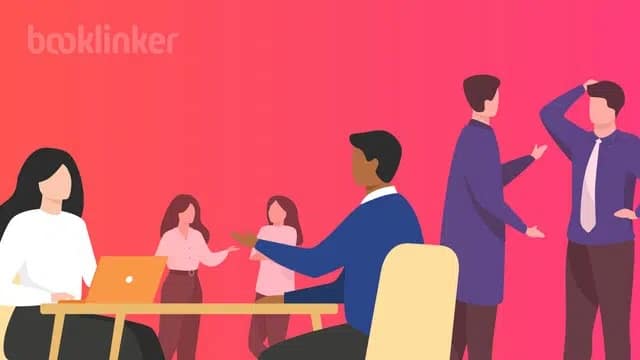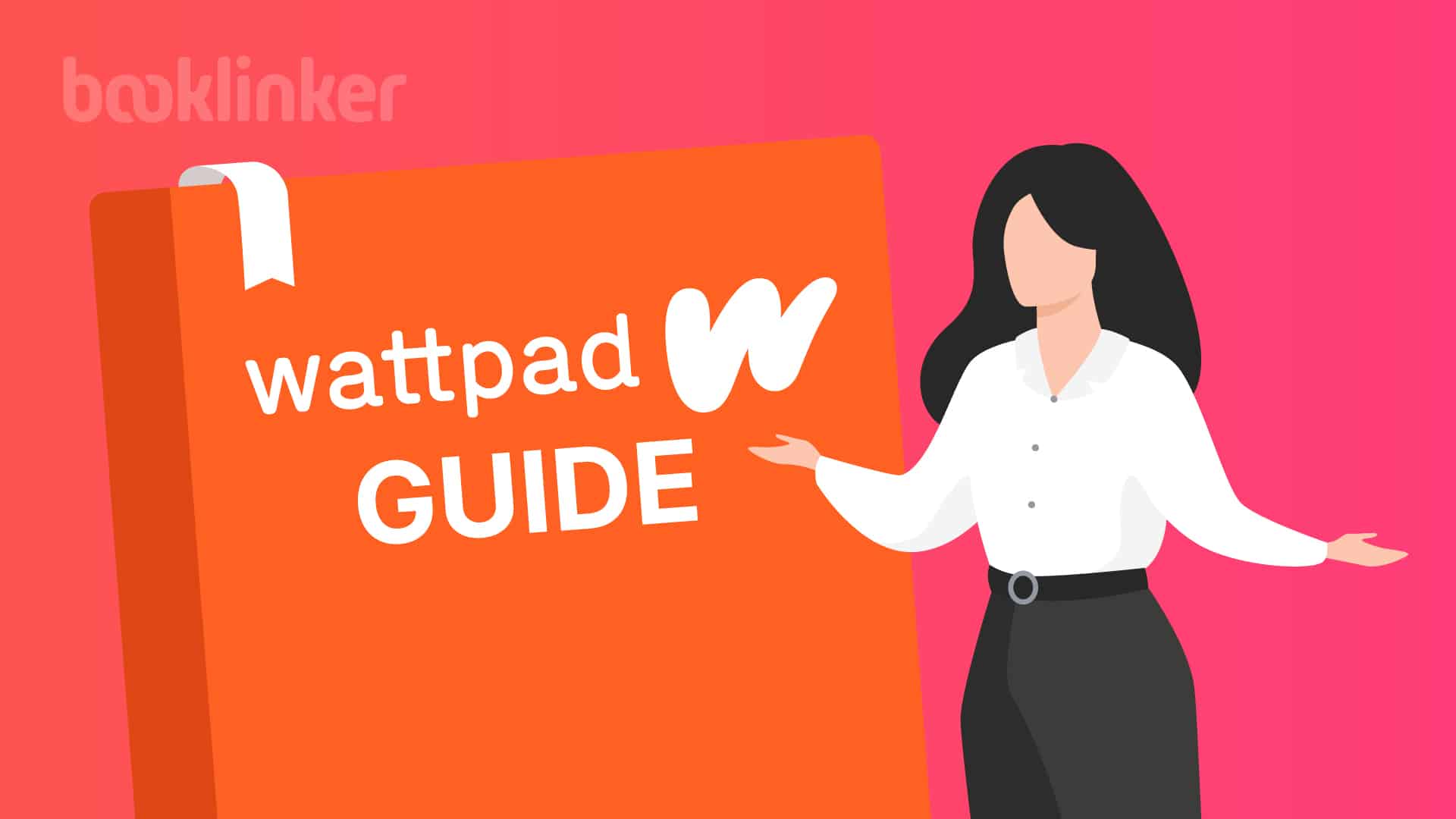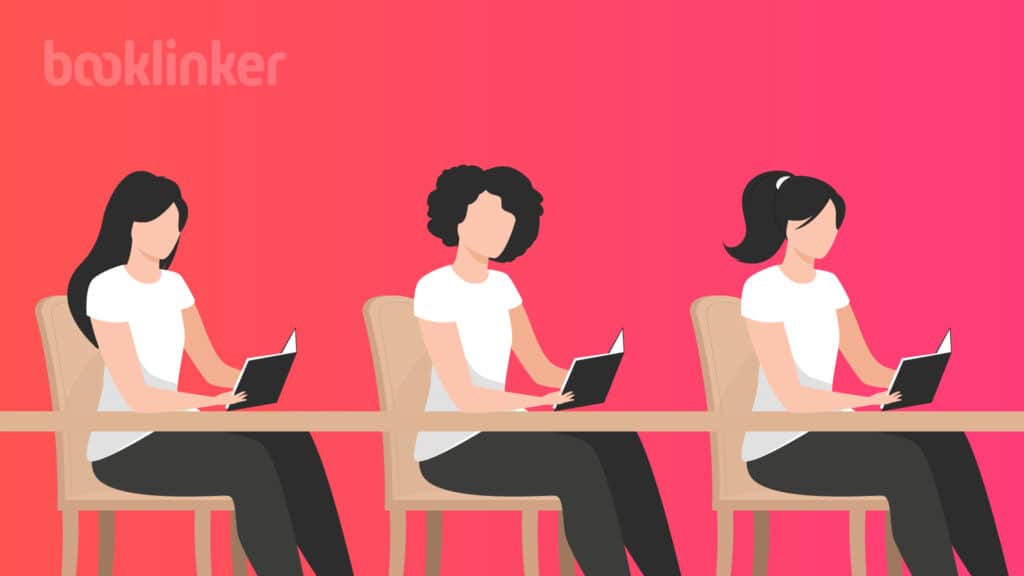
Ask any successful author if they’ve used a team of Beta Readers.
And the answer will be yes.
Beta’s are an essential part of the writing process, giving authors a test audience to gather early feedback.
But new, self-published authors may not know exactly what Beta readers are, or even where to start with them.
For that reason, we’ve assembled this ultimate guide to Beta Readers alongside Kevin G. Chapman, author of the Mike Stoneman Thriller series, which includes Lethal Voyage, Winner of the Kindle Book Award, and Fatal Infraction, the #1 Police Procedural of the year (Chanticleer Book Review CLUE Award).
Let’s get right into it!
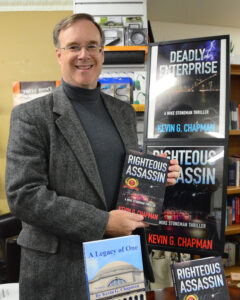

Key Takeaways
- Early Feedback Essential: Beta readers provide authors with crucial insights on aspects like plot holes, character development, and pacing, which significantly improve manuscripts before they reach professional editors.
- Timely Engagement: Engaging Beta readers four to five months before publication allows for meaningful revisions based on their feedback, ensuring a higher-quality manuscript for editing and eventual publication.
- Ideal Beta Reader Qualities: Authors should seek Beta readers who are passionate, responsive, and knowledgeable about the book’s genre, as their targeted feedback can greatly enhance the manuscript’s development and success.
Table of Contents
What are Beta Readers?
Beta readers are a group of reading volunteers from your target audience.
Beta readers are not editors or proofreaders. Your manuscript is still far too unfinished to need a proofreader. What you need is a group of readers to tell you what’s wrong with your early draft.
Authors ask Beta readers to give meaningful feedback to improve aspects of the story such as:
- Plot holes
- Character problems
Structure - Pacing
- and so much more.
When do Beta Readers Come in?
Tip!
- Kevin recommends bringing Beta readers into the mix four to five months before your publication date.
Kevin recommends bringing Beta readers into the mix four to five months before your publication date. If you can do it earlier than that, even better.
Beta readers come in before you send the finished manuscript to your editor, so build in enough time for a significant revision, then professional editing, and still have time to make your publication date.
Kevin uses an “Alpha” Beta reader even before this time period to take a first look at his draft before he sends a revised edition to his larger set of Beta readers.
Remember also that you’ll need to start communicating with your Beta candidates, so don’t wait until the last minute.
If you’re seven or eight months away from publication, now is the time to start reaching out.
What to Look for in Beta Readers
Before you go and ask just anyone to be your Beta reader, you need to know what to look for.
First, you want them to be frequent readers in the correct genre. If you’re writing a thriller, you don’t want to collaborate with Beta readers who typically read only romance.
You want readers who are dialed into the things that matter to your genre. In a Thriller, astute readers will be attuned to the pacing, the action sequences, the suspense factor, and the believability of the plot.
Tip!
- You need readers who will help make your book better in the eyes of your future potential buyers (and reviewers), so make sure they know what they’re looking for.
The next thing you want to look for in a Beta reader is passion. You want an interested volunteer who is eager to see a new book before anyone else and who sincerely wants to help you make your book better.
The third most important attribute of a Beta reader is responsiveness.
You want your Betas to respond to your emails and submit their comments on time. A Beta with all three characteristics is pure gold.
How do you Find Beta Readers?
The best way to get beta readers is simply by asking. Stay away from friends and family members when it comes to Beta readers.
You need people who can give you very serious critique and criticism, not people who are worried about hurting your feelings.
Some of the best places to find Beta readers include:
- Your email list
- Your social media groups
- Goodreads
- Past readers and reviewers of your books
- Critique Circle and similar online criticism groups
- Your own additional great ideas (please tell me!)
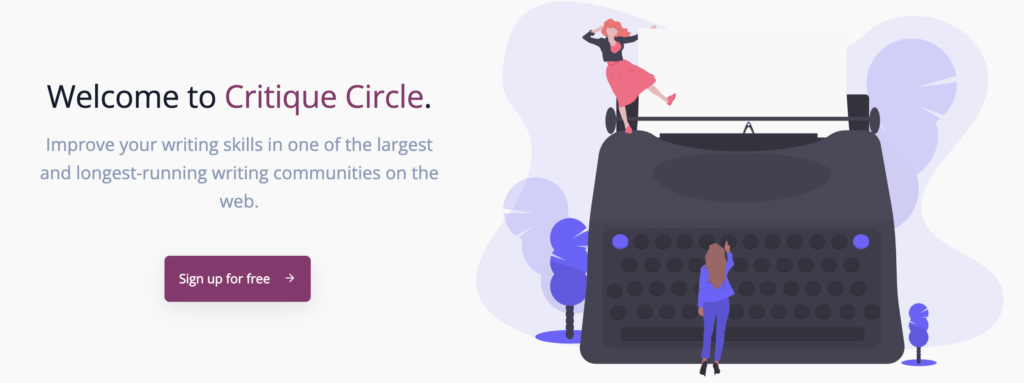
Using these methods, cultivate a list of potential Beta readers long before you need them.
Not everyone on your list will be available for Beta reading at the time you need them.
Not everyone who commits to Beta reading will actually come through.
You need a deep bench!
If you’re having trouble finding them and want to add a bit of an incentive, perhaps run a raffle for a $50 gift card or another prize for folks who sign up for your Beta list.
But Beta readers should want to do it because they’re interested and enthusiastic about you and your books. Ideally, they don’t need to be financially motivated.
How Many Beta Readers Should you Use?
Kevin’s recommendation is between eight and twenty Beta readers. This is based on the assumption that half of the people you send the draft to will NOT come through, leaving you with more like four to ten sets of comments from that list.
Four is enough to give you a good perspective on your feedback and see trends. Ten is plenty.
There’s no sense going with a larger group. Coordinating with that many readers will tax your precious time and have diminishing returns.
If you truly have over twenty people who want to be beta readers, save some for the next book. That way they’ll be fresh and ready.
Having some repeat Beta readers is a great strategy, but they shouldn’t make up the entire sample size. It’s helpful in particular if you are writing a series to have some readers who are familiar with your earlier books.
They can tell you whether the next book fits well into the series, whether your characters are maintaining consistency, and whether your tone or descriptions seem out of sync with your series. But you also want some fresh Betas to ensure a nice balance.
New readers can tell you whether the new book stands alone and is understandable to someone who has not read the earlier installments.
They can also tell you whether you have enough (or too much) information about things that happened in earlier books to give the right context. If you have both perspectives covered, you’ll be very happy.
Creating a Beta Manuscript
Tip!
- Before you begin collaborating with your Beta readers, Kevin recommends creating a Beta manuscript and a cover letter to each Beta reader before they start reading.
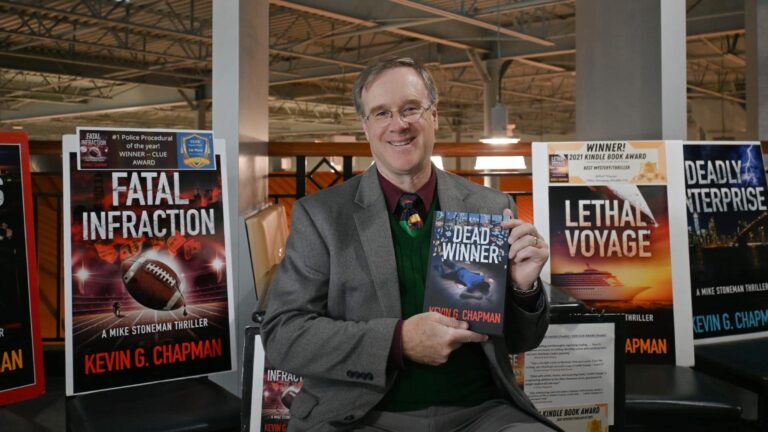
In the beta manuscript, embed questions you want your readers to answer.
For example, if you want to know after the first chapter whether the reader is properly “hooked” on the story, ask the question right there in the Beta manuscript.
Asking questions at the end of the book is important, but your Beta readers won’t remember at the end what they were thinking in the middle.
Expecting your Beta readers to take notes throughout reading the book so they can give you feedback at the end often ends in disappointment.
So, make the feedback process easy.
Do some work and prepare questions your Betas can answer at key points throughout the book.
Here’s an example from Kevin’s Beta manuscript for his book Dead Winner, about 80 pages in:
- A. Now you have been introduced to the two main subplots. Are you more or less interested in the story than you were after chapter 4 (when it was just the main Rory/Monica plot)?
- B. Based on the information you have now, has your opinion changed about what really happened to Tom? Or are you still waiting for more information?
- C. Have the subplots made you more or less interested in the book and what is going to happen next?
As you can see, don’t overdo it, 5-6 sets of real-time questions will give you feedback from your Betas about how they were feeling mid-story, which is huge.
Then, at the end of the book, create a questionnaire for your Betas where you ask specific questions about key points and solicit targeted feedback in addition to general impressions.
Did they connect with your protagonist?
Did they properly hate your villain?
Did they buy into the romance?
Did they guess the big twist – and did they like it when they got there?
Again, make it easy on your Betas.
By asking specific questions, you can much more easily chart and compare the reactions of your Betas to the key elements in your book.
You will have ten answers to each question, rather than ten sets of unstructured comments. You will save yourself a ton of time on the back end by putting in some effort on the front end.
Creating a Beta Cover Letter
In the cover letter to your Beta readers, you make it clear what you’re looking for. For example, you do not want the Beta reader to do copy editing, fix sentences, and put in commas. Make sure they understand that by telling them!
Here’s an example of a cover letter Kevin gave to his readers:
“Thank you for being a Beta Reader for Dead Winner. When you are finished reading, I would appreciate it if you would give me specific feedback on the questions below.
The last question is to acknowledge whether you want or don’t want me to give you a credit in the acknowledgments section of the book, thanking you publicly for being a beta reader. (This same questionnaire is included at the end of the beta reader manuscript.) You can fill in your answers there, or here in this separate document – whichever works best for you.
Keep in mind that I want criticism.
Really. I want arguments.
I want you to point out things that can be (and should be) improved. Be brutal!
Don’t worry about hurting my feelings — I can take it. Tell me everything you don’t like so that I can fix it. Now is the time to FIX the problems.
Please help me identify what needs to be fixed. I’m willing to trash things and re-write them if they don’t work. Don’t tell me “I loved it” without telling me what can make it better.
In the “Alpha” version of the manuscript, there was a scene (chapter 2) written from the point-of-view of Monica. Then, the next chapter was written from the POV of Rory and covered some of the same ground.
My Alpha suggested cutting the Monica POV chapter entirely and having the entire sequence seen only through Rory’s eyes. She was right. I cut the chapter and revised the following chapter to keep the POV consistent. It was a great suggestion. That’s what I want!”
What does the Beta Reader Collaboration Process Look Like?
Now that we have an idea of what Beta readers are and where to find them, let’s discuss what the actual Beta reader-Author collaboration process looks like. Most of the time, authors and Beta readers communicate via phone call or email.
The first step is to make sure that you tell your Beta readers that there’s a Beta draft coming. Don’t wait for the draft to be ready. Tell them in January that you expect the draft to be done in March. Make sure they respond and gauge their interest.
Send another note two weeks before the draft is ready when you’re working with an Alpha-Beta or doing your final polishing. Remind them that a month ago they showed interest. Give them a chance to back out and another chance to say yes.
Tip!
- Be very clear to Beta readers about what your deadline is. Give your Betas at least 3-4 weeks (5-6 is better) to do their work, if you can.
Tell the reader “If you can’t do it, be honest. Don’t say yes when you’re not going to be able to do it and do it well. It’s not an obligation; it’s volunteer work.”
If they say yes, it’s time to send the Beta manuscript and cover letter. Send them a text document, via Word or Google Docs. Don’t send them a file format that they will not be able to edit or work with easily, like a PDF or EPUB.
Halfway through the period of time assigned for the Beta read, send a reminder and follow up.
For example, if you set a deadline for six weeks, in three weeks shoot them a message checking in with them. This is another opportunity to be real with them and ask if they are able to come through. Ask for a firm response.
If they’ve read half the book and can’t finish, ask them to just send feedback on what they’ve read. It’s still helpful and better than nothing.
Once you do get your Beta reader’s feedback back, make sure you send an acknowledgment and a thank you for sending their comments.
Send another note once you’ve read the comments, saying how much you appreciate their work. The most important thing is to be real.
Tell them the areas where they helped. (You can always find something that was useful in every Beta reader’s feedback.)
Lastly, don’t be afraid to reach out with additional questions or dialogue with a Beta reader. Your volunteers will love to talk with you directly about your book.
When you’ve finished all the revisions that will come out of the process, send a note to all Beta readers and tell them what happened. Make them feel like they contributed meaningfully to the process.
If you made 5-6 major revisions based on the Beta reader feedback, tell them. This will spark curiosity and they will want to read the book again when it’s finished, so they can write a review based on the final version
Interpreting Feedback from Beta Readers

Next, let’s discuss how you should deal with feedback a Beta reader sends you.
Kevin creates a spreadsheet organizing all the data collected from Beta readers. He can see all of the different answers he got from his questions.
If six out of eight Beta readers felt the same way about something, there’s probably some truth to it.
If just one Beta reader had a comment, maybe don’t place too much emphasis on it. If four felt one way and another four felt another way, you’ve got a tough decision on your hands.
By putting all responses in a spreadsheet, you can see the responses in a visible format and make data-driven decisions for your book. At the end of the day, you’re the author, it’s up to you. If all Betas missed the point but you feel like you are correct, then that’s your call. But remember, you engaged with Beta readers for a reason. In general, don’t ignore their advice if there is a consensus.
Kevin gives a tip to not jump into revisions of the manuscript after having just one or two Beta reader responses.
Don’t assume the first person who gets back to you is right about everything. Wait until the data from all the Beta readers come back and is more statistically significant.
You will waste time making revisions after the first Beta sends you feedback and then changing it again after considering the whole range of Beta comments.
How do I thank my Beta readers?
As we stated above, BETA readers should be volunteers. That being said, there are still ways to demonstrate appreciation for the time and effort they put into the process.
Especially if they gave great feedback.
The most common way authors do this is by calling them out in the acknowledgments section of the book. Thank them by name. They will love that (but make sure to get their permission first).
Once everything is all said and done, send them a thank you note. Perhaps send them an autographed paperback as well. If you have swag, send them that! You’ll be surprised how much people appreciate a bookmark. Building true fans goes a long way.
Frequently Asked Questions
Should you engage friends and family as Beta readers?
No. Friends and family will only tell you how wonderful your book is. They make terrible Beta readers. If you’d like to have them read the early stages of your book, go for it, but don’t expect to get honest, critical feedback. For that, you need people who don’t have to eat Thanksgiving dinner with you..
Can you trust Beta readers?
If you follow the advice given in this guide, there is no reason that you shouldn’t be able to trust the Beta readers you pick. They have no incentive to lie to you. If they tell you there are problems with your book, you can believe them.
Where can you hire Beta readers?
While we’re sure there are places where Beta readers are available for hire, we strongly advise against paying for Beta readers. Beta readers should be eager volunteers passionate about the book.
Conclusion
And there we have it, a complete guide to the Beta reader process.
Working with Beta readers is the perfect way to test-drive your story before taking your book to the next level.
Editors are great, but unless you get a serious developmental edit early in your process, an editor’s comments generally come too late to make significant rewrites before publication.
Beta readers give you the perspective you need to improve your book long before it reaches your editor’s desk. If you can get that kind of valuable (invaluable) assistance for free, don’t hesitate to take it.
If you have questions about the Beta reader process, feel free to comment, and either Kevin G. Chapman or someone from the Booklinker team will answer you.
Author
-
Kevin G. Chapman is an attorney specializing in labor and employment law and an independent author. His Mike Stoneman Thriller series, includes Lethal Voyage, Winner of the Kindle Book Award, and Fatal Infraction, the #1 Police Procedural of the year (Chanticleer Book Review CLUE Award). Kevin’s latest is a stand-alone mystery/suspense/romance called Dead Winner. Kevin has also written a serious political drama, A Legacy of One (2016) and is currently working on two new mystery/thrillers due out in 2022 and 2023. Kevin is a resident of Central New Jersey and is a graduate of Columbia College and Boston University School of Law.
https://kevingchapman.com


